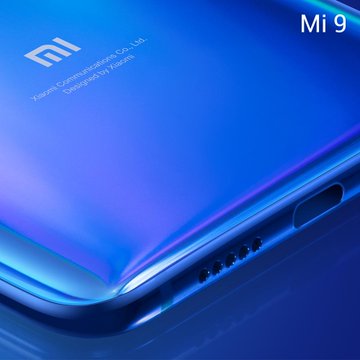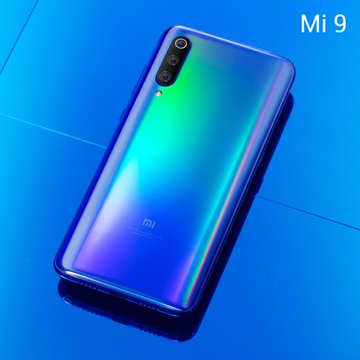Phone makers aren’t even trying to keep their secrets secret anymore
/cdn.vox-cdn.com/uploads/chorus_image/image/63052051/DzH3VNoX0AcYrEk.0.jpg)
The Samsung Galaxy S10 will launch at Samsung’s February 20th event this year, and the first preorders will be delivered by March 8th. I can tell you these dates straight up, without any hedging or caveating, because they’re official, courtesy of Samsung’s newly published reservation page for the new phone. On that page, the company throws up a white flag of resignation, admitting, “We know you know what is coming.” Who is Samsung capitulating to? Industrious leakers like evleaks and Roland Quandt, who, year after year, preempt flagship phone announcements with detailed images and specs of the devices to come.
A few days after Samsung’s launch, at Mobile World Congress in Barcelona, LG will reveal the G8 ThinQ. Yes, its name is also already official, along with a few specs: a Crystal Sound OLED display (that means the phone vibrates the screen to use it as a speaker), a quad-DAC audio system (which necessarily means a headphone jack — yay!), and a 3D front camera for face unlock. LG might, in fact, have been one of the first companies to give up trying to be secretive, having made a habit of trickling out select specs and features ahead of its upcoming launches in order to stir up excitement. It’s just that this year, even the product name isn’t sacred, with the G8 ThinQ branding proudly marking all materials.:no_upscale()/cdn.vox-cdn.com/uploads/chorus_asset/file/13758286/LG_G8_ThinQ_ToF.jpg)
:no_upscale()/cdn.vox-cdn.com/uploads/chorus_asset/file/13758286/LG_G8_ThinQ_ToF.jpg)
Other companies like Vivo are posting really clear and unmysterious images of their phones before they’re announced. Their reason is the same as everyone else’s: they’re trying to claw phone buyers’ attention and affection away from the next company with a half-dozen cameras, a glamorous design, and promises of an “all-screen” experience. As Vivo works to expand beyond its native China and into India and European markets, its hype competition becomes a deluge of neat and crisp Galaxy S10 leaked photos, and so Vivo’s countering those with equally snazzy press shots of its own.:no_upscale()/cdn.vox-cdn.com/uploads/chorus_asset/file/13758290/image001.png)
:no_upscale()/cdn.vox-cdn.com/uploads/chorus_asset/file/13758290/image001.png)
Chinese phone makers can be especially nebulous with their phone announcements, as they sometimes release devices in China with nary a peep about them in the rest of the world, followed by a major international launch event a month later. That’s exactly what Honor did with the View 20.
The common thread linking all of these examples is the massive difficulty of coordinating a simultaneous global launch of a device that must remain secret until it finally isn’t. The obstacles to pulling that off are legion. There are the leakers who will forensically examine your website for any prematurely uploaded marketing assets; there are the carrier partners that will want test units for weeks or months in advance; there are the reviewers and influencers you’ll want to give an early look at the product; and there are the retailers that will sometimes put phones on shelves before they are official (as happened with the Huawei P20 Lite).
There’s no villain to this story. I’m not even sure that the pre-release info drip is necessarily harming the eventual sales of any particular device. And yet, I do feel like some of the magic of the phone launch event has been lost. It’s a ceremony and a celebration, to be sure, but it’s not really an event anymore when you know exactly what to expect. I think back to the frisson of excitement that used to come with getting film pictures processed, receiving exam results, or just going to an entirely foreign place in the days before Google Maps. There is joy in not knowing.
As we head toward February 20th, Samsung and Vivo’s big day, and Mobile World Congress in the following week, there’ll be a rich sense of déjà vu while company CEOs and marketing chiefs recite features and talk up designs we’ve already seen. But we need not totally despair for novelty. Even while the big secrets of phone companies are public knowledge before anyone takes the stage, the actual functioning of these new devices won’t be known until we get our hands on them. How will Sony’s cinematic 21:9 screen feel in the hand? Will Samsung’s foldable improve on the Royole Flexpai mess? And how exactly does Nokia expect us to hold a phone with no fewer than five cameras on the back?
Update February 14th, 8:07AM ET: As if to illustrate the point, Xiaomi’s Wang Xiang, senior VP for the company’s international business, just tweeted out the entire rear design of the upcoming Mi 9 flagship phone, which is set to launch on February 24th.








Comments
Post a Comment